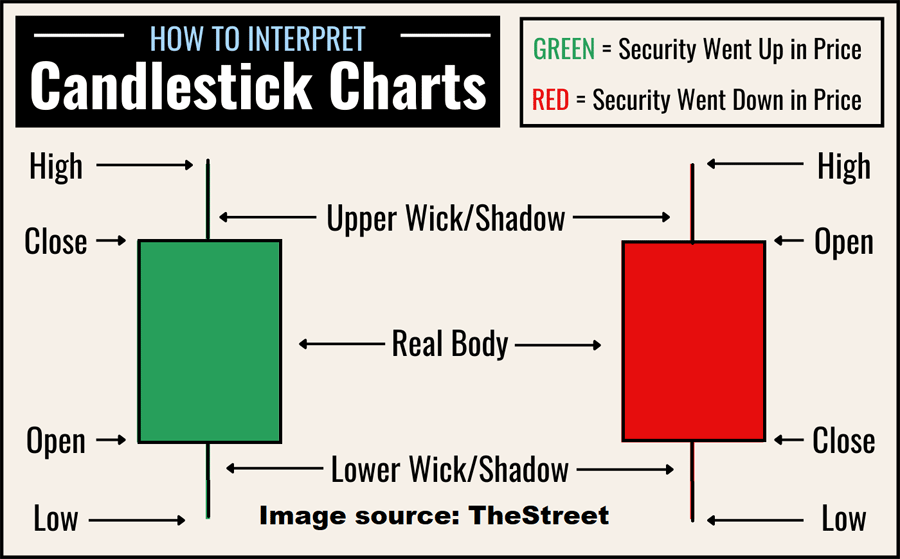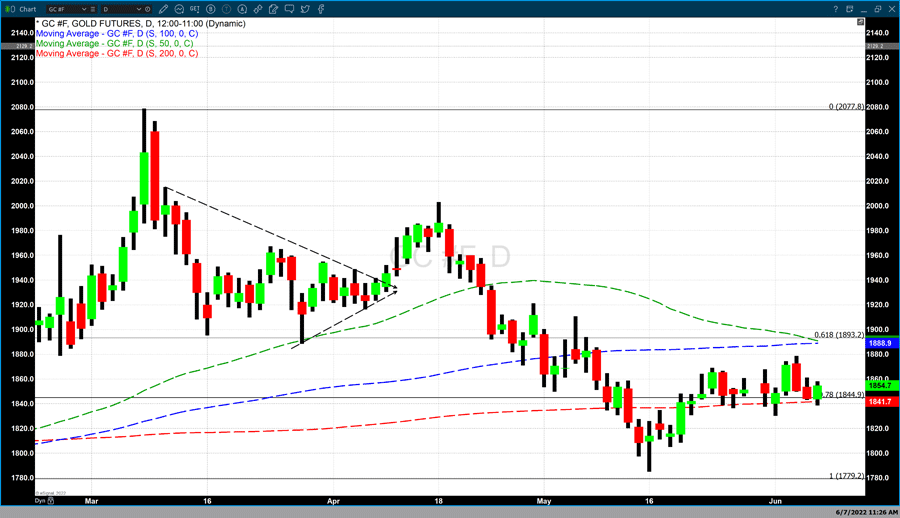
13 Things You Should (Almost) Never Put in a Text
by Edward C. Baig, contributing writer, AARP Webletter

GETTY IMAGES
Think Hard Before Sending Any Of These Messages
After Brian Flores failed to land the head coaching job with the New York Giants this year, he sued the team and the National Football League, saying the Giants held a sham interview with him merely to comply with a league mandate requiring them to meet with a minority candidate.
Flores, who is Black and was born to Honduran immigrants, was head coach of the Miami Dolphins for three seasons before being fired in January 2022. He alleged that the Giants had no intention of hiring him, citing a text message he received from New England Patriots coach Bill Belichick congratulating him on getting the Giants gig — three days before Flores was set to interview.
Belichick allegedly told Flores in a later text that he had meant to send the first text to a different Brian — Buffalo Bills assistant Brian Daboll, who was hired Jan. 28. Both Brians had worked as assistant coaches for Belichick in New England. The Giants and the league have denied Flores’ claims.
You need not follow football or the ongoing litigation to grasp a couple of important takeaways: Make sure any texts you send are pointed to your intended recipient. Be equally cautious about what you put in those messages.
What Seems Private Might Not Stay Secure
Texts can be copied, screenshot, or shared, and depending on the messaging system, may lack encryption or other stringent measures to keep everything private. Moreover, the contents may be inappropriate or misconstrued.
So what should you never include in a text? The answers aren’t always simple.
“From an etiquette perspective, it really depends,” says author and etiquette authority Lizzie Post, the great-great-granddaughter of Emily Post and co-president of the Emily Post Institute. “To say, 'Never' for everything feels quite final, doesn’t it? And I am sure there are many different caveat situations out in the world.”
In no particular order, here are 13 things you should (almost) never put in a text, or at least consider before including them.
Would you want to read certain things in a message?
1. Don’t report a death.
This is especially true if the deceased is someone close to the recipient. A text is no substitute for delivering devastating news face to face or over the phone.
There are exceptions, of course. If the recipient and person who has died have a bit more distance, it might be OK to pass along the news in a text, perhaps with details about memorial services. Apply common sense and consider how you would feel getting such news via text.
2. Don’t end a relationship.
Breaking up with someone via text is harsh, cowardly, cold, and inconsiderate. The dreaded phrase “It’s not you, it’s me,” might come off even worse in a text.
“I do think for the most part breakups should be over the phone or in person, as best they can be,” Post says. “At the same time, letting someone you’ve been on two Tinder dates with know that you’re not going to see them again is perfectly fine.”
3. Don’t express unrequited feelings of love.
The flip side of No. 2. Don’t pour it on too thick, especially if your relationship is not exactly on solid ground.
4. Go easy on ALL CAPS.
Sorry, but YOU’RE SHOUTING AND IT’S RUDE! If you’re really that angry, perhaps you should calm down before sending texts of any kind.
5. Avoid sarcasm.
Beyond words, we usually can tell when people are being sarcastic in person by reading the expression on their faces and the tone of their voices.
Absent the social cues, conveying sarcasm, or, for that matter, irony, is a lot more difficult in a text, even with visual aids such as smiley faces, winks, and the colorful pictures and symbols known as emojis that are meant to help you impart a certain mood or idea. That old spelling tip about 'assume' applies.
6. Understand emojis.
Speaking of emojis, some may have a hidden meaning or slang. That eggplant emoji ð probably isn't really referring to the garden vegetable, nor is the peach ð just Georgia's favorite fruit. While we’re at it, this smiling swirl of brown ð© isn't soft-serve chocolate ice cream.
Avoid embarrassment and search Google to decode the meanings of these and other emojis that are perhaps a bit spicier than what you have in mind. They're frequently not G-rated.
7. Be wary of abbreviations.
Most people know LOL as shorthand for “laughing out loud,” or “NP” for “no problem.” But TBH (to be honest), it could become a problem when you appear to be trying too hard, using abbreviations without much thought, or fully understanding their intent. If so, don’t be surprised to get a response with SMH (shaking my head) or worse, STFU, which you'll have to look up on your own.
8. Don’t write an opus.
No one wants to read War and Peace as a text. Keep the message concise, so it is not answered with a TL;DR (too long, didn’t read).
9. Watch typos.
“It” is different than “In,” and we all make mistakes texting on the fly. But if you’re communicating with an employer, client, or customer, take an extra second to read the message before hitting Send. You don’t want to leave a sloppy impression.
That said, given the generally casual nature of texting, the traditional rules of punctuation often don’t apply. You can find plenty of chatter on social media about how adding a period at the end of a sentence within a text may come across as off-putting or negative.
10. Don’t complain about your boss.
What did we tell you earlier about sending a text to the wrong person? If you value your job, assume your words can and will be used against you.
No texting ill of others, also true IRL (in real life)
11. Don’t spread gossip.
A reprise: What did we just mention in No. 10? Whomever you’re gossiping about may see it, too.
12. Leave out personal data.
Insecure texts should not include your birthdate, financial account numbers, passwords, Social Security number, and other personal details that crooks would be licking their chops to get at to spread malware or steal your identity.
13. Consider political ramifications.
You’re passionate about political issues and may justifiably attempt to persuade friends to join your cause.
Just keep in mind that your views could go viral. If you have second thoughts about having your opinions splattered across social media or published somewhere for all to see, avoid putting them in a text.
New Opportunities Are Emerging For Citizens of The World.
Freedom and democracy may appear to be struggling to stay alive in America, but there may be a knock-out punch ready to be released. The evolution of the blockchain-enabled metaverse is going to enable the 'Citizens of the World' to gain their own Freedom by democratizing power and creating a new world with new rules, new players, and new opportunities. For 99.99% of us, the metaverse will improve our real-world lives through the democratization of power and opportunity.
Along with the major long-term trend of society towards decentralization and smaller-scale organizations, there are new opportunities developing to help 'Preparers' in the cryptocurrency sector. Businesses are beginning to issue their own Crypto Coins that can be traded on Cryptocoin Exchanges.
Markethive.com for example will be releasing its HiveCoin (HIV) in the coming weeks. It has tremendous upside potential that is outlined in a Video by Founder Tom Prendergast, "Entrepreneur Advantage…".
Not only that, if you go to their website and register as a FREE Member, you will be given 500 HiveCoins for "FREE" along with access to several Earning Opportunities and online tools to increase your HiveCoin balance.
Be sure to check it out today – Markethive.com
Tim Moseley


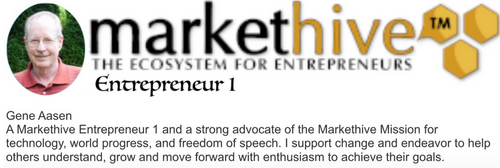

 Gold sees record bullish sentiment among European retail investors – Spectrum Markets
Gold sees record bullish sentiment among European retail investors – Spectrum Markets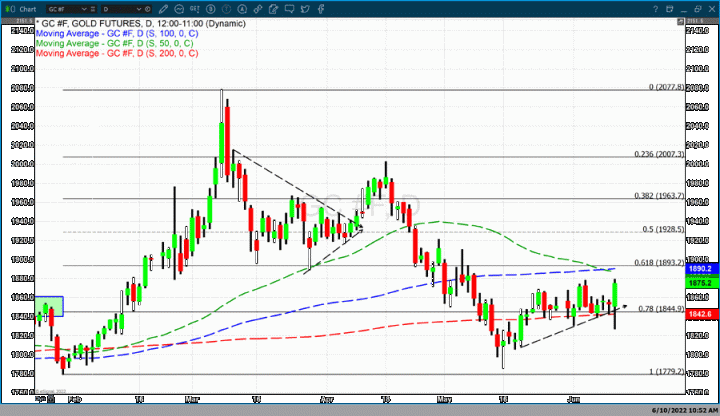

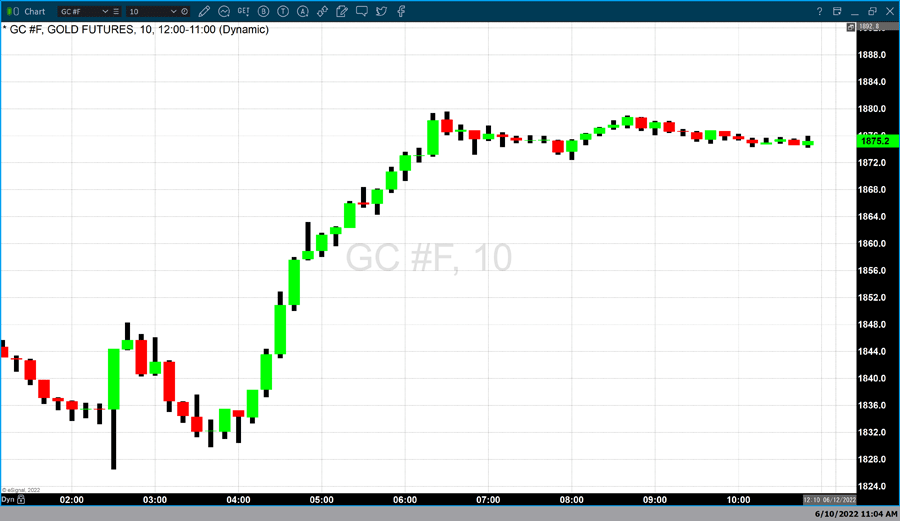
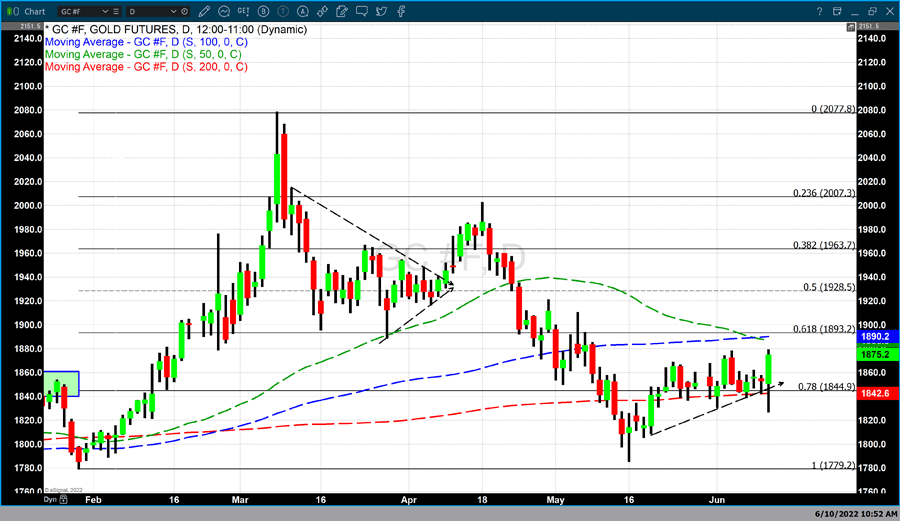




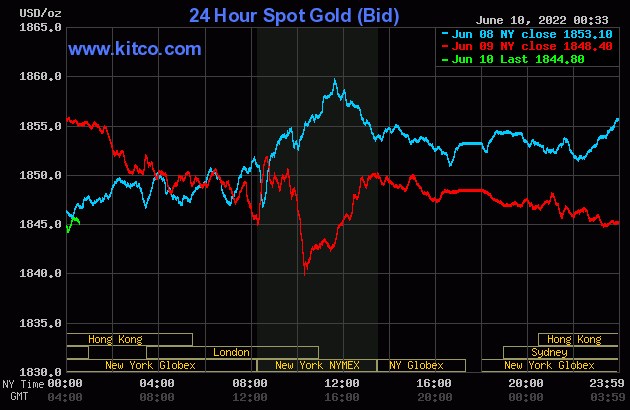
(1).png) Gold market is waiting for next week's Fed meeting – StoneX's O'Connell
Gold market is waiting for next week's Fed meeting – StoneX's O'Connell.gif)
.gif)
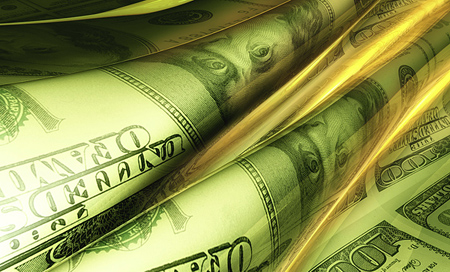
.png) Gold price remains chained to $1,850 as OECD lowers growth forecasts
Gold price remains chained to $1,850 as OECD lowers growth forecasts


